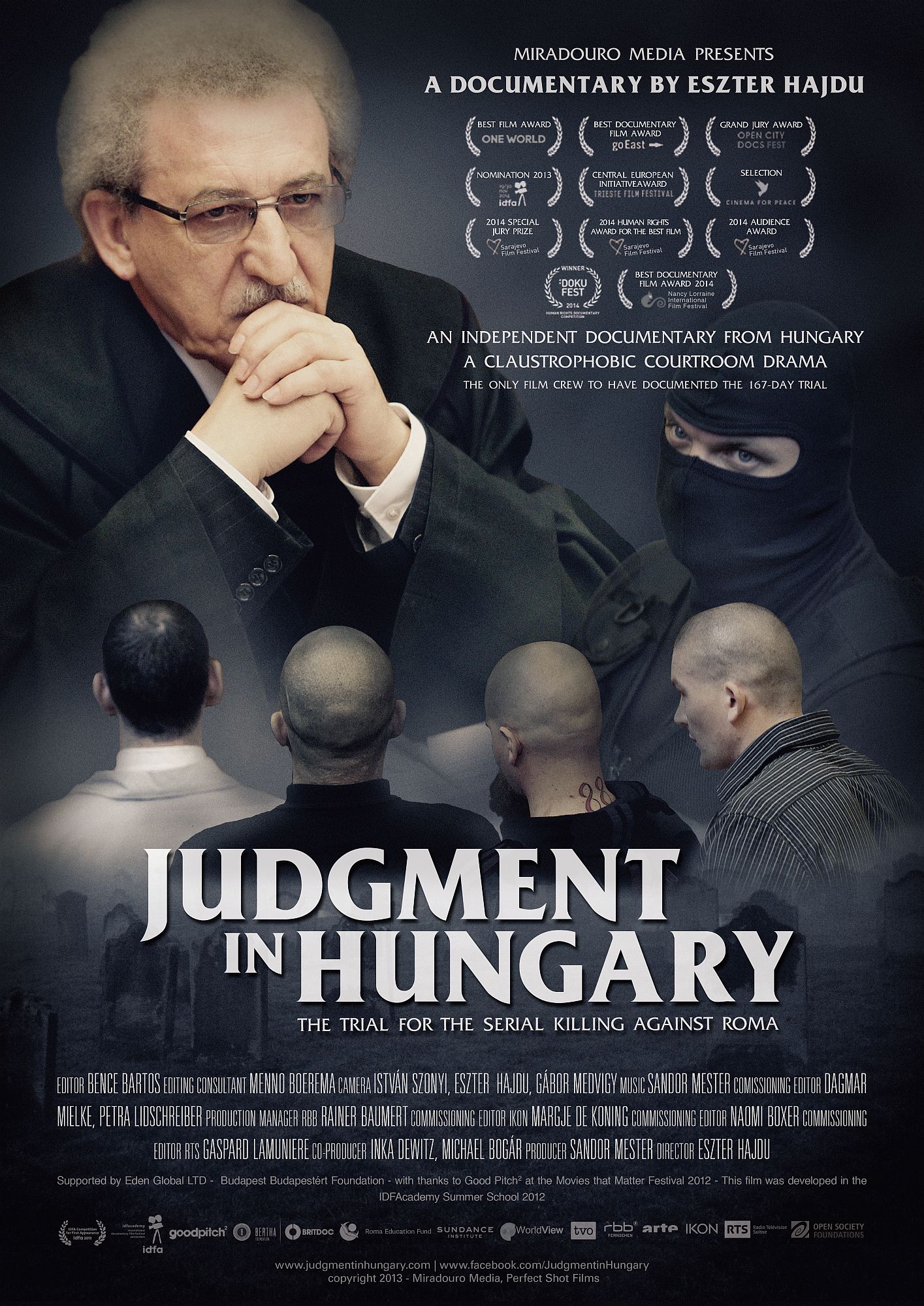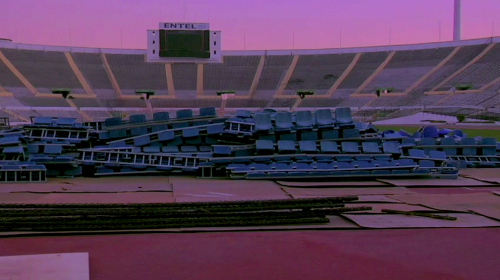Over the course of one year, in 2008 and 2009, a group of Hungarian right-wing extremists committed a series of attacks on random members of the Roma community. Six people were killed, including a five-year-old, and another five were injured. The state charged 4 men with committing the crime with racial motivation. The infamous trial of the four suspects lasted for 2.5 years, and the verdict was passed in August 2013. The exhausting 167 days of hearings was only documented by director Eszter Hajdú and her crew who continuously filmed every minutes of the trial and condensed it to 120 mins. long documentary, starring the cold-blooded suspects, an irritable judge and the victims’ families. Without any commentary, Hajdú recorded the drawn-out and sometimes chaotic trial from the cramped courtroom’s public gallery. The film is a classical chamber-drama, taking place in a small, claustrophobic court room, in the middle of Europe. What will be the outcome of the marathon, almost 3 year long trial? At the start of the trial, the victims and kins assume there will be justice in the end, and they trust in Hungarian authorities that it will give them protection. But will the extremists be found guilty?
(Source: http://www.idfa.nl/industry/tags/project.aspx?id=5a623bdb-d52c-43dd-955e-742f8d4c3d3b; http://www.imdb.com/title/tt3402174/plotsummary?ref_=tt_ov_pl)

Related content

[silence] – A Holocaust Exhibition 11. July, 2014 – 28. September
The beginning of the discourse related to the Holocaust – and partly the “historicization” of the event itself – is dated April 1945, when World War II was officially not even over yet.
